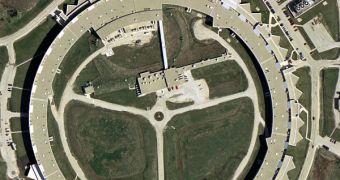Officials at the US Department of Energy's (DOE) Argonne National Laboratory (ANL) announce that authorities have agreed to fund planned upgrades for the research facility's Advanced Photon Source (APS). This particular instrument can be used for a variety of scientific investigations, including studies in energy conservation, better materials for frontier technologies and new economic engines, as well as breakthroughs in understanding diseases and how they develop.
DOE representatives announced yesterday that the conceptual plans which would underlie the upgrade had been fully approved. This is only the first in a series of important milestones that the initiative needs to reach before the upgrade can finally be opened for scientific use. The new DOE decision “is a major step in securing America's scientific future by taking an already premier facility and preparing it to meet the next generation of scientific needs and discoveries,” explains Eric Isaacs, the director of the ANL. He adds that calculations indicate that the upgrade will cost less than building a new photon source from scratch.
“Data collated at the APS was used by the scientists who won the 2009 Nobel Prize in chemistry. A new world of discoveries will be possible because of the upgrade,” says University of Chicago vice president for research and for national laboratories, Don Levy. “The scientific vision which drove upgrade planning is the need to image real materials under real conditions in real time, with resolution far better than is available today,” adds ANL associate lab director for photon sciences, J. Murray Gibson. He is also the director of the APS facility.
“This is key to solving the materials needs for sustainable energy and understanding the hierarchy of life to combat disease. The upgrade will allow the Advanced Photon Source to meet the needs of today's and tomorrow's scientists without the need for building an entirely new facility,” he continues. The upgrade itself will include transforming the current X-ray facilities to 10 to 100 times more powerful versions of themselves, as well as building new such facilities altogether. The main advantage will be that scientists working with the APS will be able to carry out twice the number of experiments in a year.

 14 DAY TRIAL //
14 DAY TRIAL //